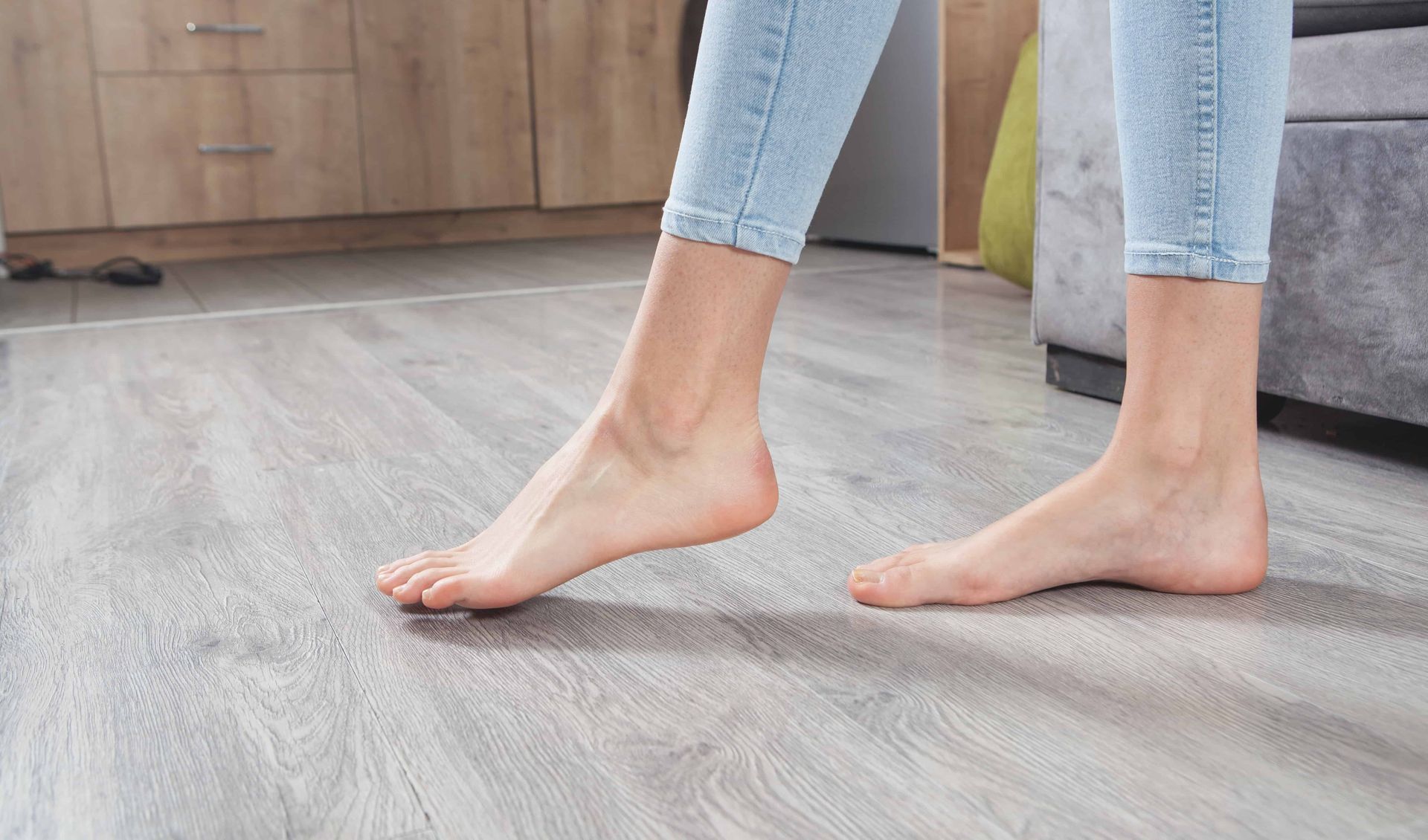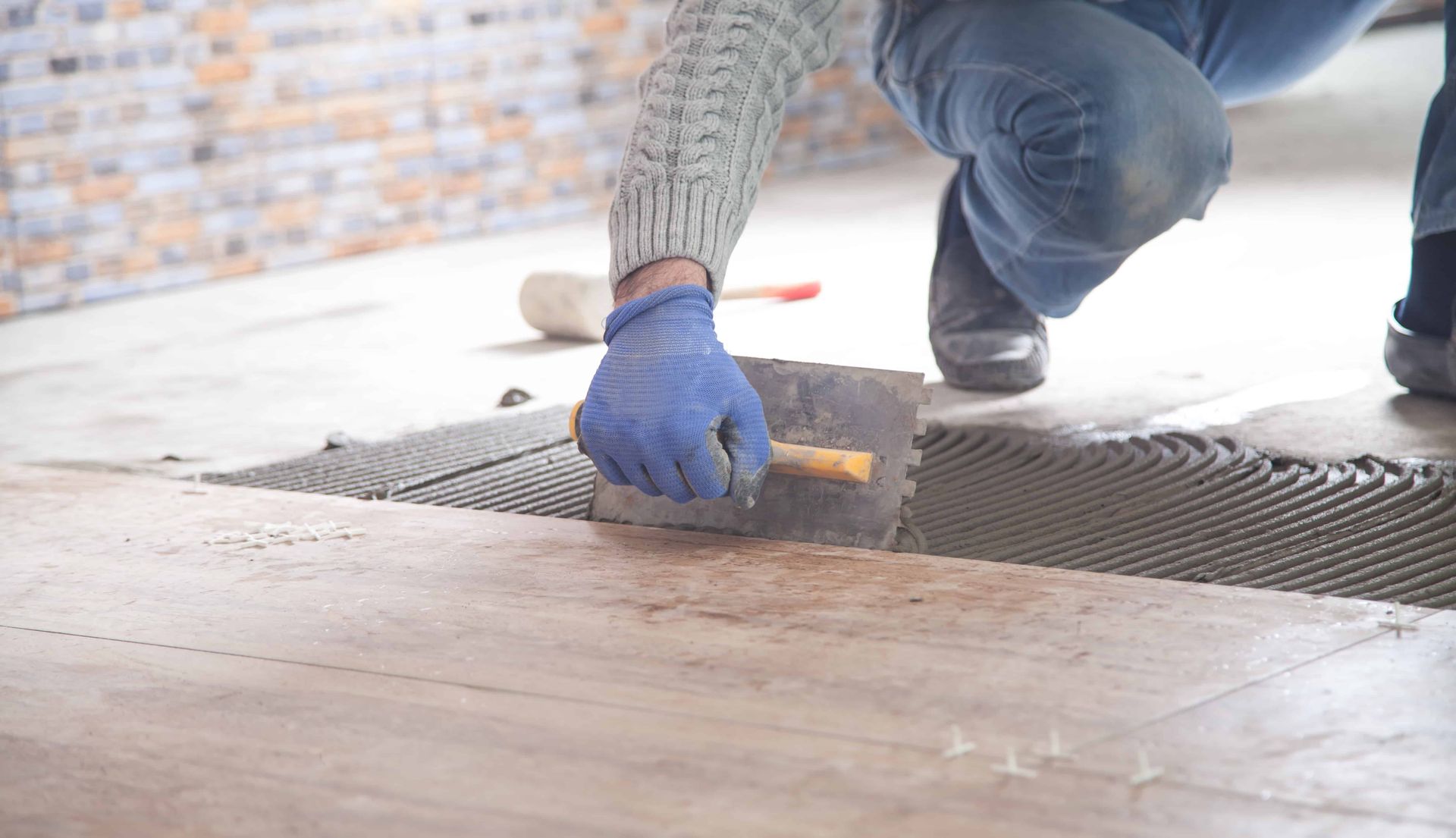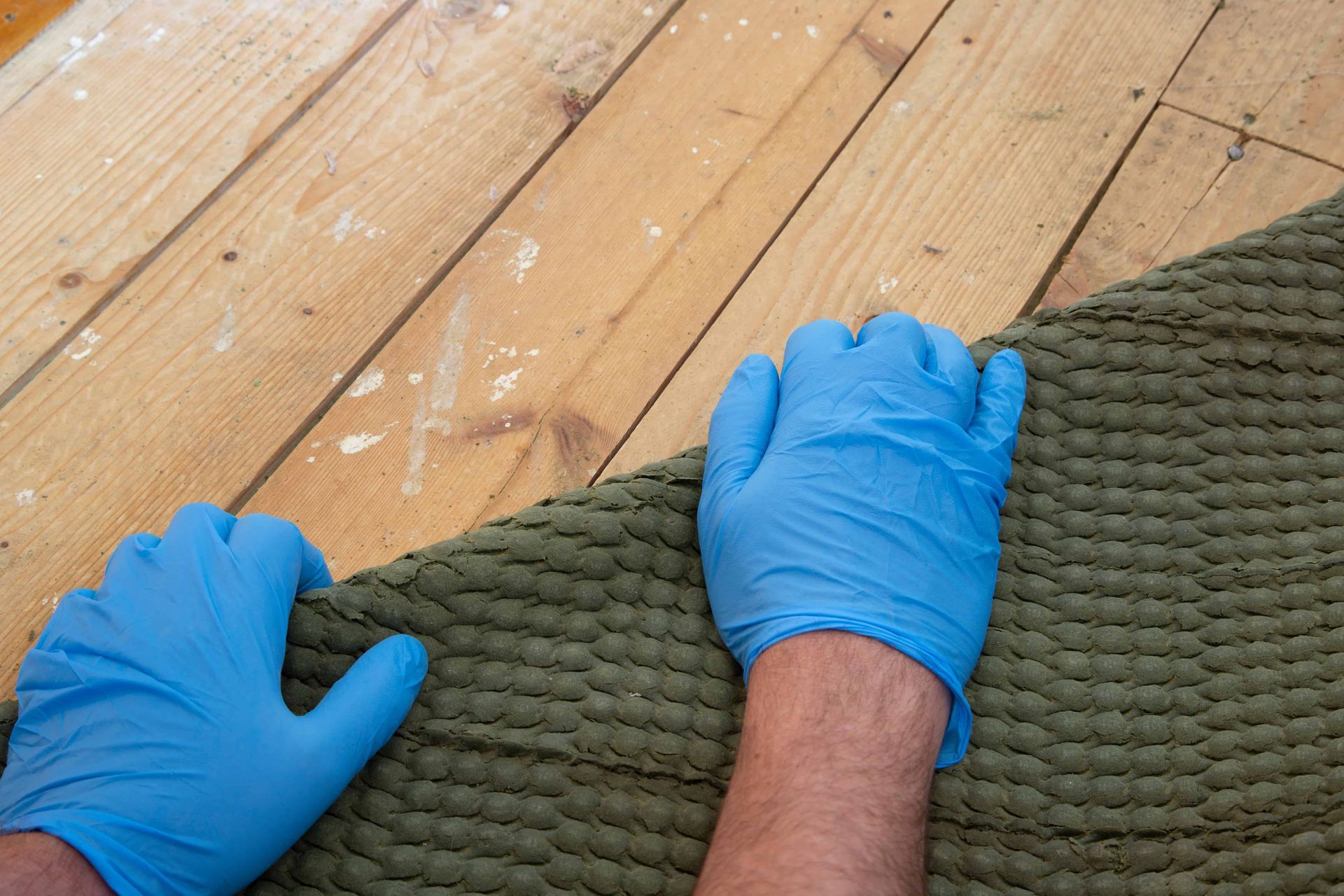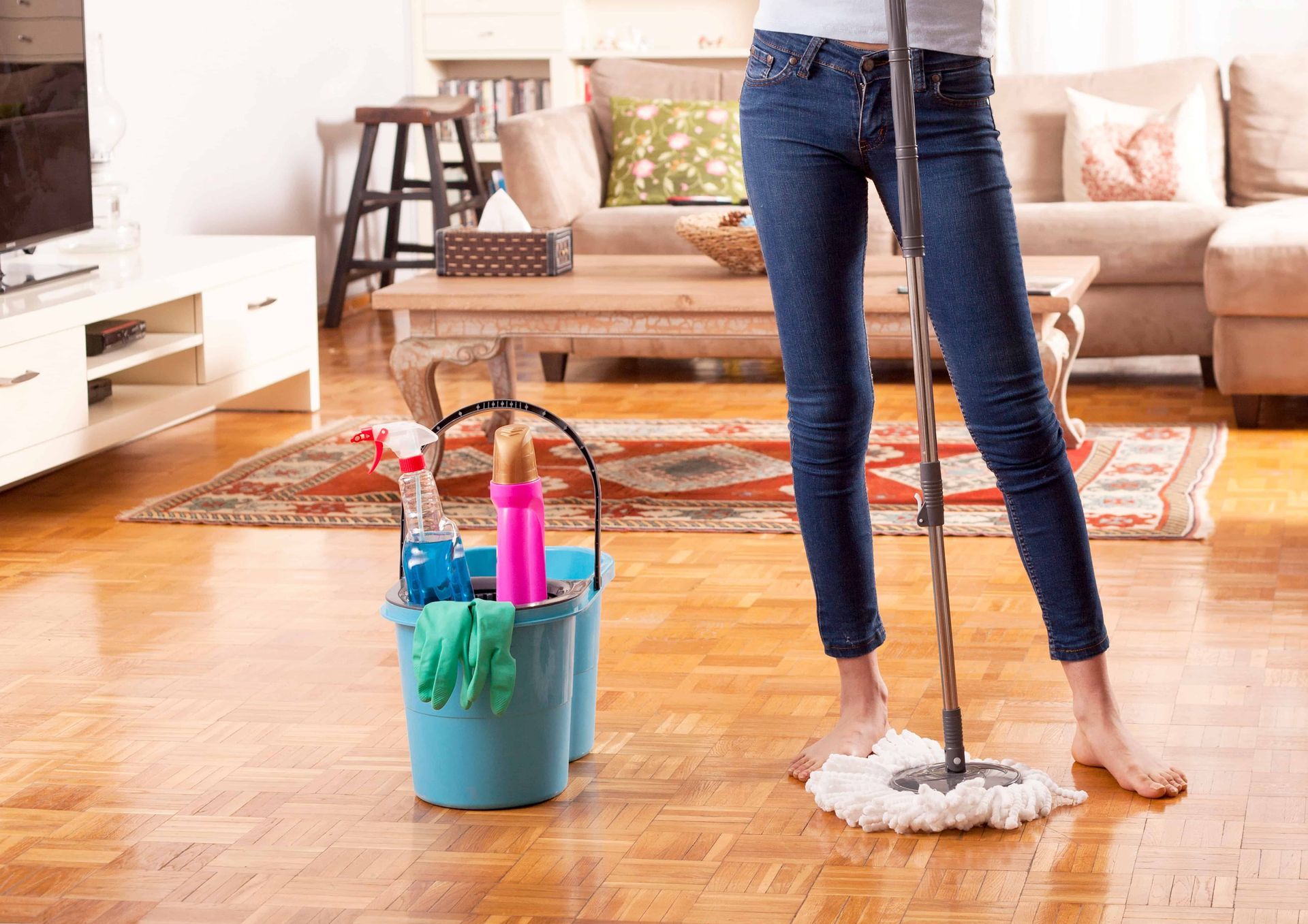What You Need To Know Before Buying Your New Flooring
A Blog by Dream Floors
Looking for the right flooring for your home can feel like finding your way through a maze. With so many options, styles, and factors to consider, anyone could get a bit lost. But don't worry! In this blog, we'll share essential knowledge with you that will help pave the way to your dream floor. We'll discuss everything you need to know before getting new flooring. So sit back, relax, and let's dig into the process of buying new flooring together!
Understanding Your Needs And Preferences
Alright, so the first step deals with gaining an understanding of your own needs and preferences. This part is sort of like choosing your favorite ice cream flavor. But, instead of dessert, we're talking about floors!
Traffic Volume: Think about how much traffic the room gets. Your busy kitchen might need a durable floor that can handle spills and foot traffic. But if it's your cozy study room, you'll want something softer and more comfortable.
Lifestyle:
Do you have pets or kids? They can be a bit messy (we love them anyway!), so you might want something easy to clean. Are you passionate about cooking? If so, then consider getting a floor that will be comfortable to stand on for a while at a time.

Looks/Feel: Imagine how you want the room to look and feel. Do you prefer the classic appeal of hardwood, the coziness of carpet, or the sleek look of tile? Remember, your floor is a big part of the whole look of your room!
Budget: Finally, let's talk about money. What does your budget look like for your new flooring? What price range are you trying to stay between? Don't worry—there's a flooring option for every budget.
These are only some things to consider. Remember though that it's all about finding a floor that fits your life. After all, you'll be the one walking on it every day!
Materials to Choose From
Now let's dive into the world of flooring materials! It's like picking out ingredients for a recipe. Each ingredient has its own unique flavor (or in this case, its own features) and each can make a huge difference in the finished product. Here are some popular options:
Hardwood
A true classic, we love hardwood for its natural beauty and timeless charm. It's durable, you can have it refinished and it also comes in many different types of wood. Oak, walnut, and cherry are a few.
Engineered Hardwood
If you like the look of hardwood but want something more flexible, check out engineered hardwood. It's designed to handle changes in temperature and humidity better than traditional hardwood. We can put engineered hardwood in rooms where hardwood is not an option. Read more about engineered hardwood flooring here.
Laminate
This is a more budget-friendly option that can mimic the look of hardwood or stone. It's easy to clean and can resist scratches. This makes it a good choice for areas with high foot traffic. Learn more about laminate flooring by clicking here.
Vinyl
Vinyl flooring is another cost-effective choice that's easy to maintain. It's comfortable to walk on and can handle water well, making it great for bathrooms and kitchens.
Tile
Tile is a versatile material that comes in all different colors, textures, and patterns. It's very durable and water-resistant. This makes it perfect for areas that might get wet, like bathrooms.
Carpet
If you're after comfort, you can't beat carpet. We all know that! Carpet is soft and warm. It is sold in a huge range of styles and different colors. Carpet is perfect for bedrooms and living areas where comfort is key.

Remember, each flooring material has its pros and cons. Consider what your personal needs and preferences are before making a final decision on your flooring. And of course, feel free to ask Dream Floors for help. That's why we're here!
The Subfloor
The subfloor is an integral part of your flooring system. It forms the base upon which your chosen floor material will rest. The subfloor's condition and composition are key. You should always consider these when planning your new flooring installation.
Subfloors can be a variety of different materials. Concrete, plywood, and particleboard are some of them. Certain flooring materials may not be compatible with certain subfloor types. For this reason, it's important to know what time of subfloor you have. For instance, concrete subfloors can be more susceptible to moisture. If you're laying a wooden floor on top of this, you could encounter some issues. In this scenario, you might need to consider an underlayment with moisture barrier properties. We can help you out with all of this at Dream Floors. areas.

The condition of the subfloor is also a crucial factor. It should be clean, dry, and level. Any irregularities can cause problems later, such as squeaking floors or uneven surfaces. Sometimes, fixing the subfloor might involve simple cleaning and leveling. In other cases, more extensive repairs may be necessary.
It's also worth noting that some flooring, like floating floors, can go right over an old floor. This can save on time and also the cost of the installation. The existing surface does need to be flat and stable, though.
Underlayments

When planning for new flooring, the underlayment is a key player. You might not see it or even know what underlayment is, but you definitely will appreciate it. This thin layer rests between your chosen flooring and the existing subfloor. And this underlayment has several important roles to fill.
First off, it provides a level of comfort, creating a slight cushion underfoot. This can make a noticeable difference to how your floor feels. It also acts as a sound barrier, minimizing the noise of footsteps and other movements.
Second, certain types of underlayment offer a moisture barrier. This barrier is especially important in areas prone to dampness like basements, kitchens, and bathrooms. This can help to extend the lifespan of your flooring.
And last, the right underlayment can help smooth out minor subfloor imperfections. This creates a better surface for your new flooring to lie on. Remember, different flooring types need different underlayments. It is vital to choose the one best suited for your flooring.
Maintenance and Upkeep
When it comes to preparing to get new flooring, choosing the right material and design isn't the entire story. You should also consider how you're going to care for your floors once they're in.
Some floors need a bit more care than others. For instance, hardwood floors love a good sweep and polish to keep them looking their best. Carpet needs regular vacuuming to stay fresh. Tile floors have grout lines that can collect dirt, so they'll need a bit of scrubbing from time to time. And don't forget about vinyl flooring; it enjoys a nice mopping now and then.
If your home is a busy place and has lots of foot traffic, kids, or pets, you might want to consider a flooring type that's strong and easy to clean.

Hiring a Professional Installer
Picking out the perfect floor is just the first step. Next, you have to think about installation. Some people might be up to the task of installing their own flooring, this is true. But the rest of us will be having a professional do the job.
There are lots of benefits to hiring a professional installer. For one, they know how to deal with difficult or tricky situations. Floors that aren't level? Rooms with odd shapes? No problem for a professional! They also have the skills to cut and fit the flooring materials so they look perfect in your space.
Dream Floors has a team of expert installers who can handle all these challenges for you. They've got loads of experience installing all types of floors. You can trust that your new floor is in good hands.


